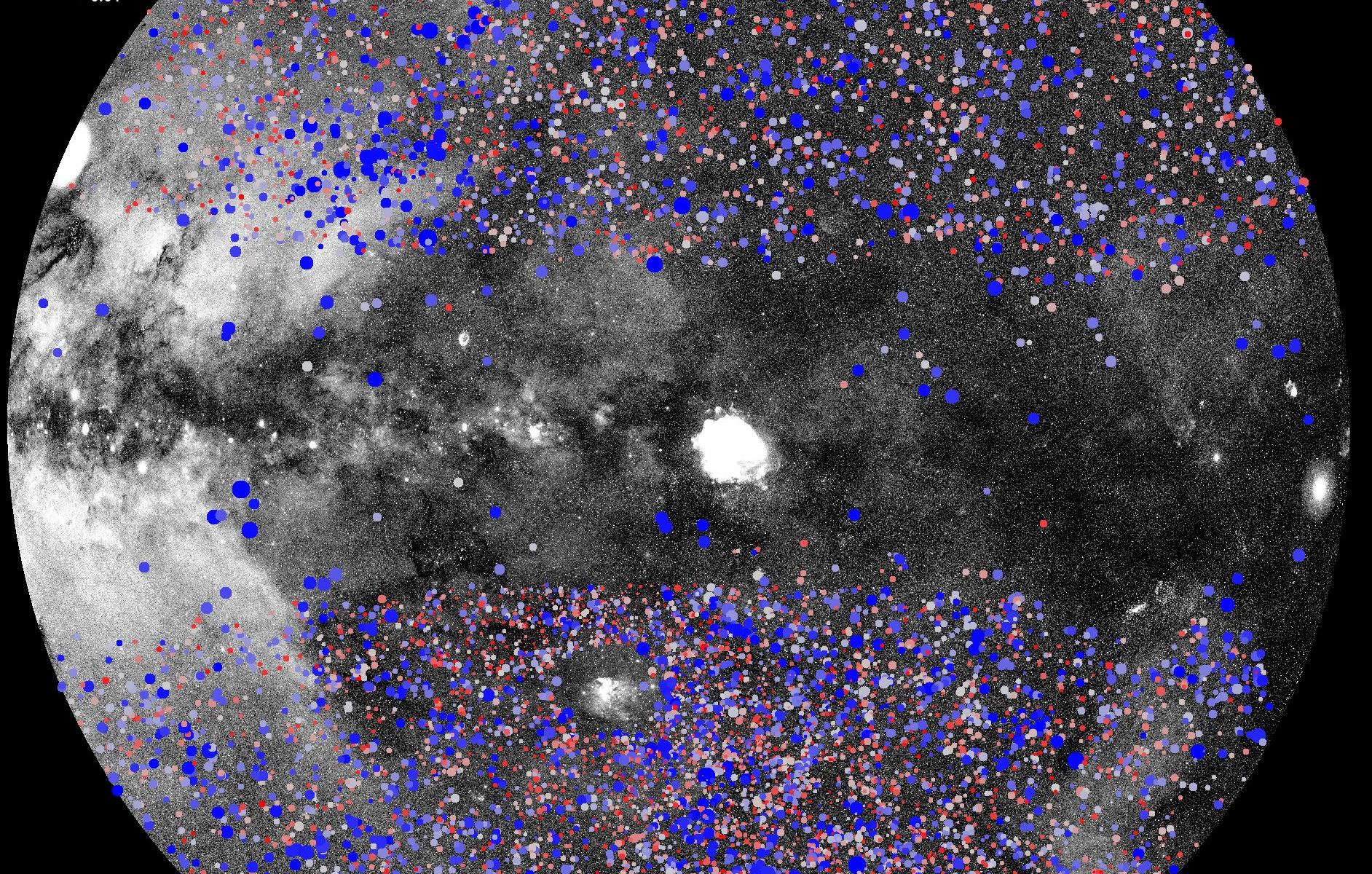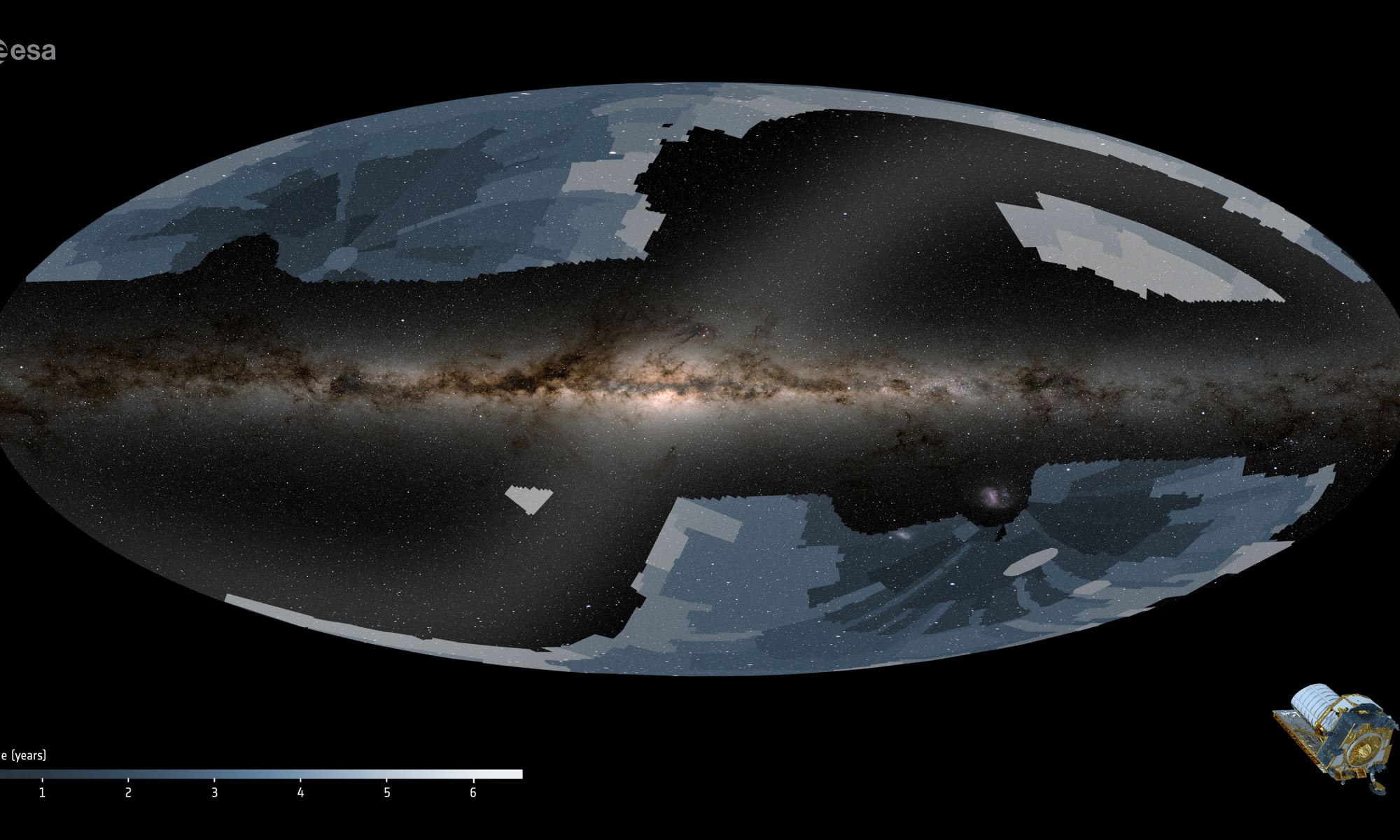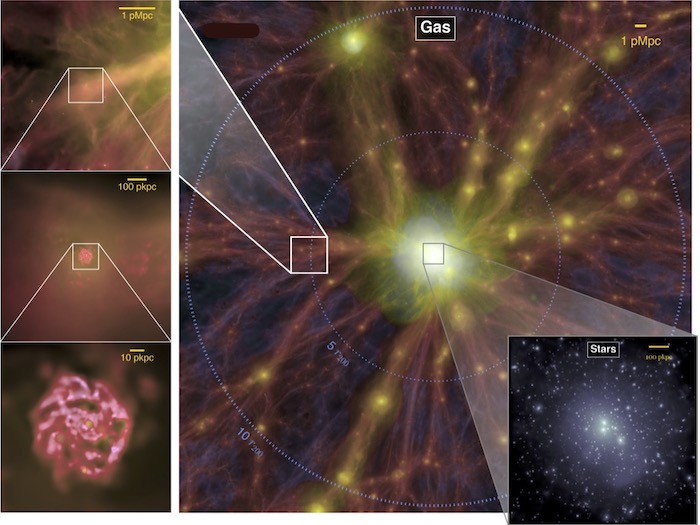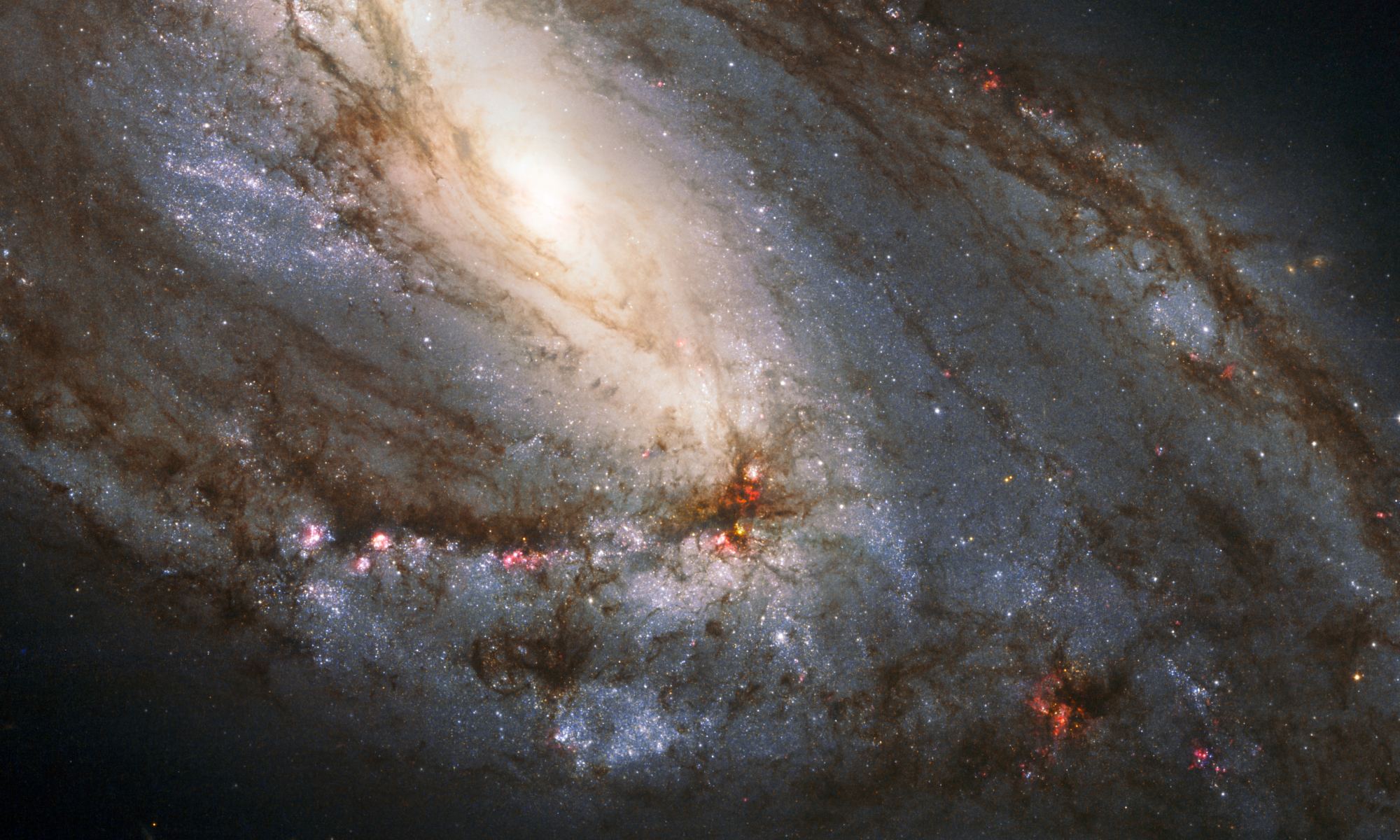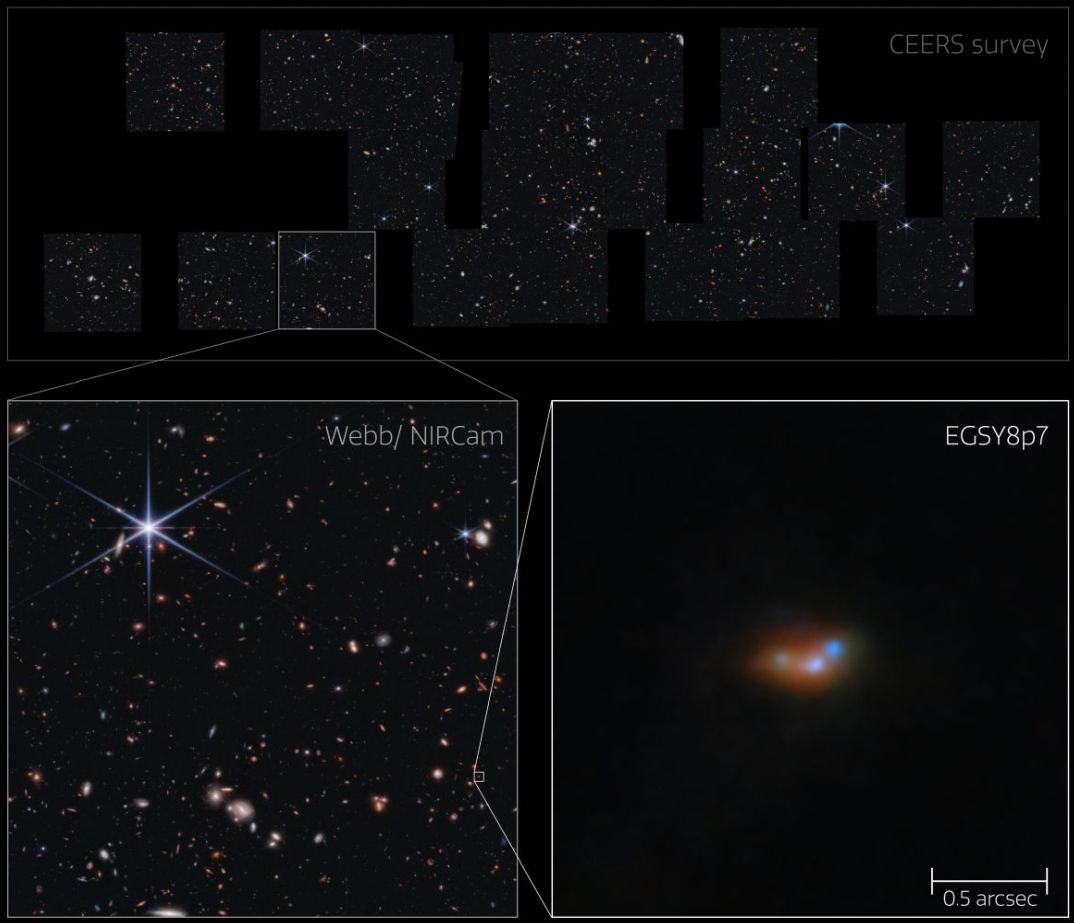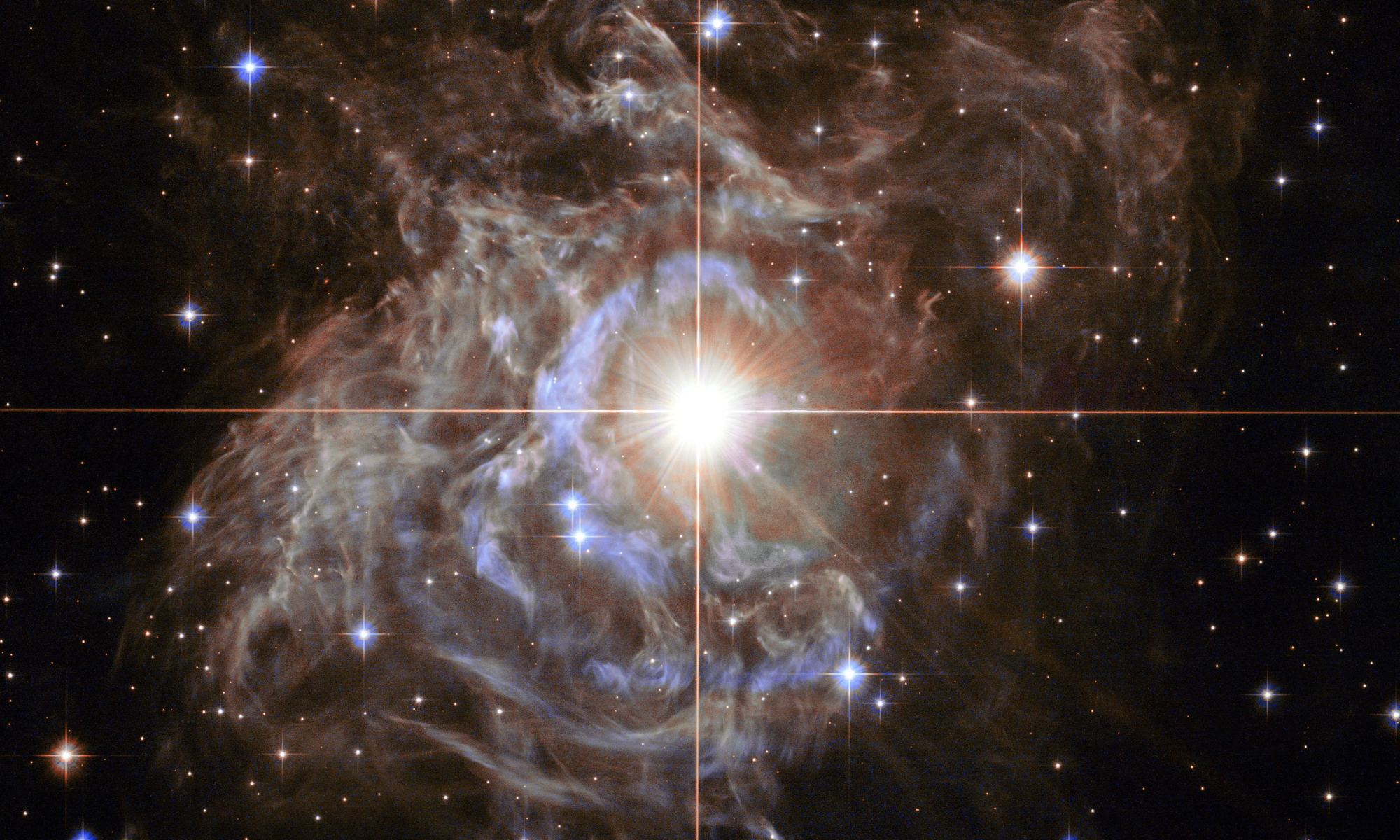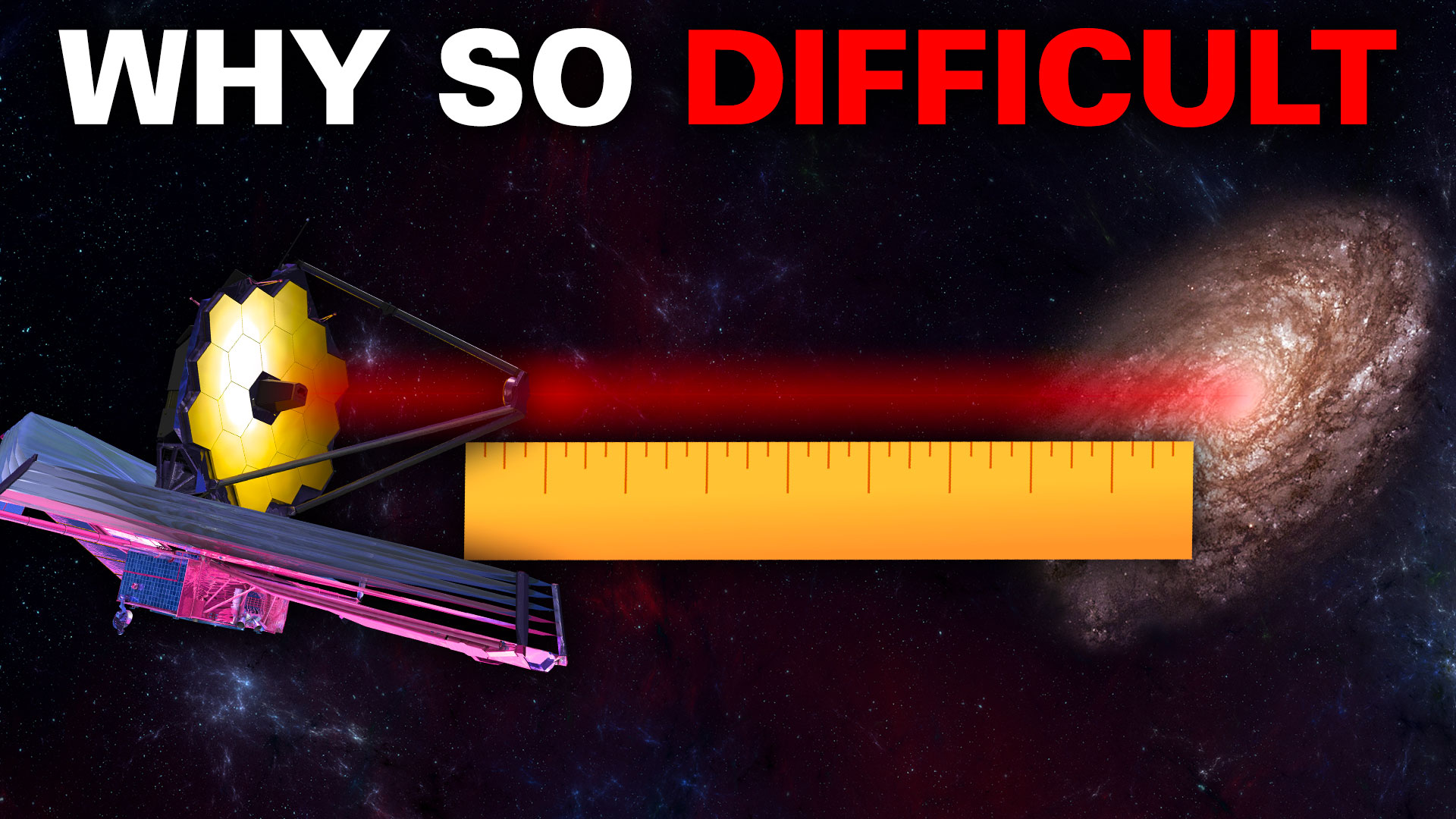One of the chief objectives of the James Webb Space Telescope (JWST) is to study the formation and evolution of the earliest galaxies in the Universe, which emerged more than 13 billion years ago. To this end, scientists must identify galaxies from different cosmological epochs to explore how their properties have changed over time. This, in turn, requires precise dating techniques so astronomers are able to determine when (in the history of the Universe) an observed galaxy existed. The key is to measure the object’s redshift, which indicates how long its light has been traveling through space.
This is the purpose of the Cosmic Evolution Early Release Science Survey (CEERS), a collaborative research group that analyzes Webb data to learn more about galactic evolution. These galaxies are known as “high-redshift,” meaning that their light emissions are redshifted all the way into the infrared spectrum. Galaxies that existed ca. 13 billion years ago can only be observed in the near-infrared spectrum, which is now possible thanks to Webb’s Near-Infrared Camera (NIRCam). Even so, obtaining accurate redshift measurements from such distant galaxies is a very tricky, and requires advanced techniques.
Continue reading “Why Was it Tricky to Know the Distances to Galaxies JWST Was Seeing?”
